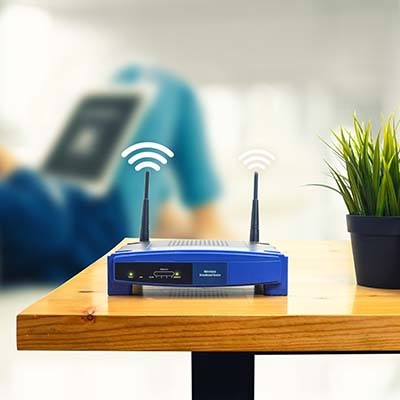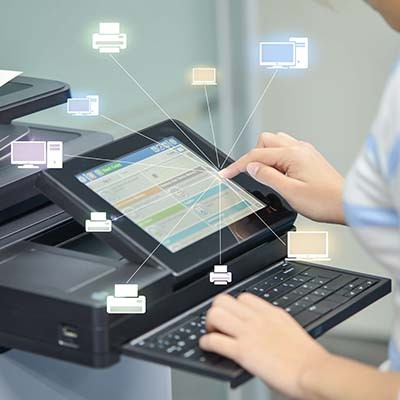Microsoft Office is a wonderful collection of tools that any business can get value out of, and it’s so popular that it makes up almost half of the office productivity software market. We thought we would share some tips that will help you get even more value out of the software solutions found within it.
About Business Solutions & Software Group
Business Solutions & Software Group has been serving the South Florida area since 1997, providing IT Support such as technical helpdesk support, computer support and consulting to small and medium-sized businesses. Our experience has allowed us to build and develop the infrastructure needed to keep our prices affordable and our clients up and running.
Recent News
Contact Us
10211 W Sample Road Suite 114
Coral Springs, Florida 33065
Mon to Fri 9:00am to 6:00pm




















